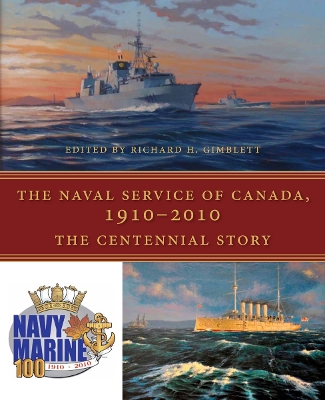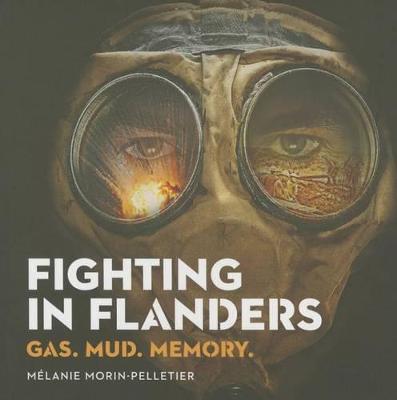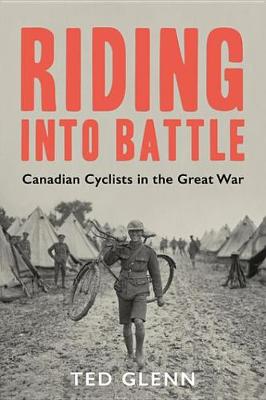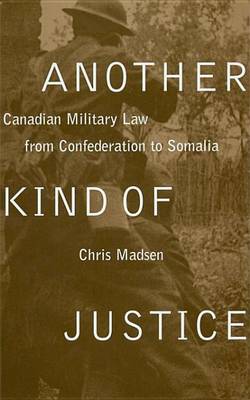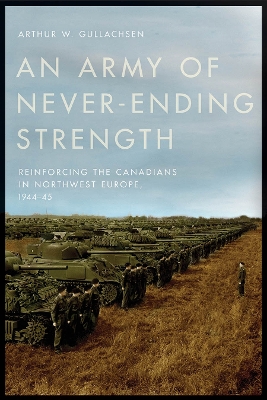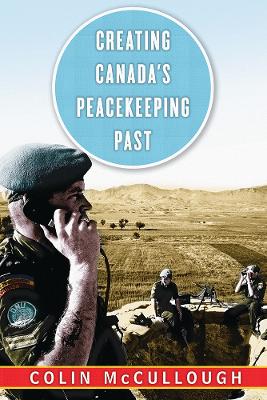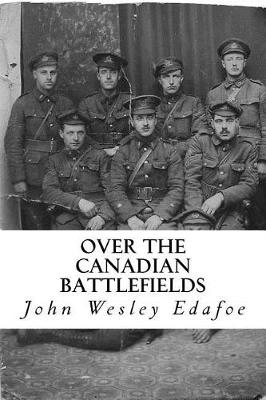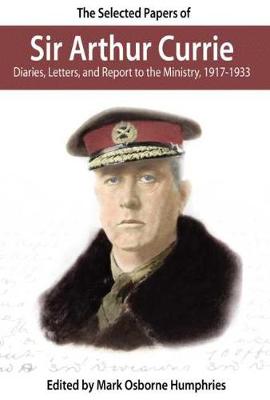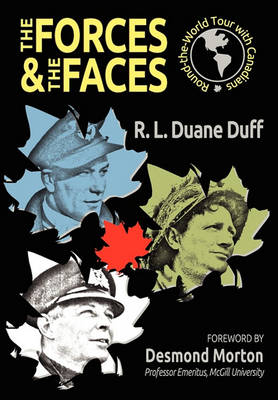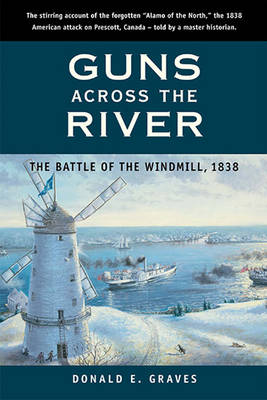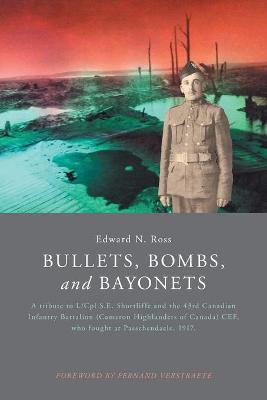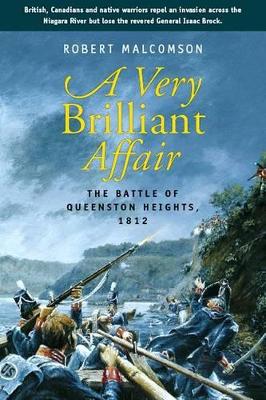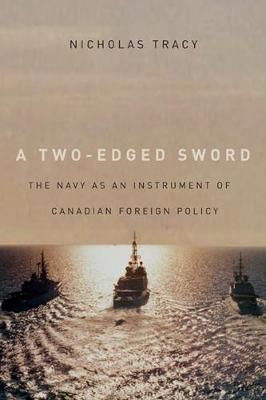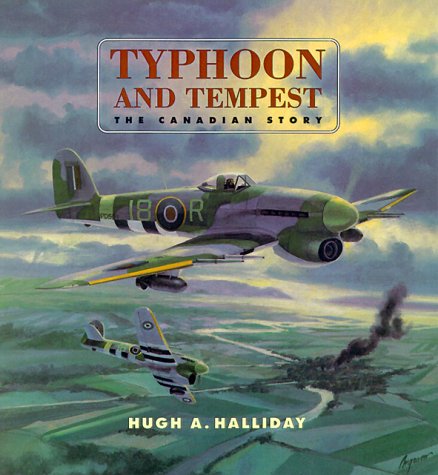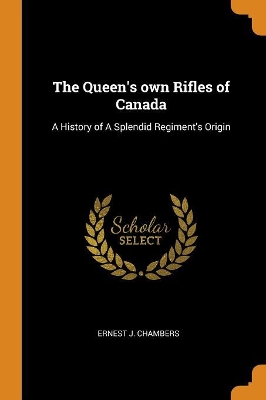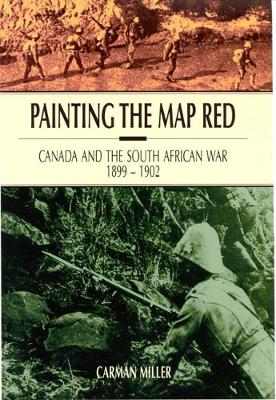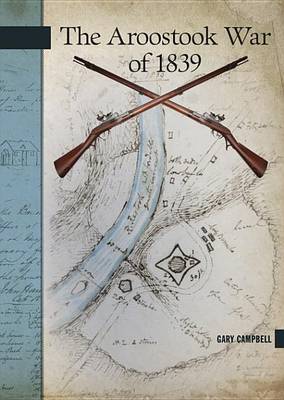The River Class Destroyers of the Royal Canadian Navy
by Ken Macpherson
Fighting in Flanders (Souvenir Catalogue Series, 8 ISSN 2291-6385, #0)
by Melanie Morin-Pelletier
Face the horror of poison gas at Ypres and endure the hellish sea of mud at Passchendaele alongside courageous Canadian soldiers. From the opening movements of the First World War, most of Belgium was occupied by German forces. Fighting in Flanders explores how Canadians in Belgium had to adapt to the significant challenges - from the first use of poison gas in the Second Battle of Ypres to the hellish mud of Passchendaele.This souvenir catalogue highlights the famous poem In Flanders Fields by...
The untold story of how Canadian Cyclists came into their own during the Hundred Days campaign of the Great War. Canada's Cyclists spent most of the First World War digging trenches, patrolling roads, and delivering dispatches. But during the Hundred Days campaign at the end of the Great War, Canada's cycling troops finally came into their own. At Amiens, Cambrai, and especially the Pursuit from the Sensee, the Cyclists made pioneering contributions to the development of the Canadian Corp...
The Difficult War: Perspectives on Insurgency and Special Operations Forces is a collection of essays that deals with theoretical concepts related to insurgency as well as to the practice of irregular warfare. Since special operations forces are such an integral element to counter-insurgency, this volume also contains a large SOF component. Importantly, this book will assist the practitioner of the profession of arms to understand insurgency or, perhaps more accurately, counter-insurgency and th...
An Army of Never-Ending Strength (Studies in Canadian Military History)
by Arthur W. Gullachsen
An army may march on its stomach, but it needs more than hot dinners to fight. As Canadians battled through Northwest Europe in the Second World War, how did they reinforce their front lines? An Army of Never-Ending Strength provides detailed insight into the administration, structure, and troop and equipment levels of the First Canadian Army during 1944-45. Captain Arthur W. Gullachsen demonstrates the army's effectiveness at reinforcing its combat units and draws a powerful conclusion. The adm...
Creating Canada's Peacekeeping Past (Studies in Canadian Military History)
by Colin McCullough
Creating Canada's Peacekeeping Past illuminates how Canada's participation in the United Nations' peacekeeping efforts from 1956 to 1997 was used as a symbol of national identity - in Quebec and the rest of the country. Delving into four decades' worth of documentaries, newspaper coverage, textbooks, political rhetoric, and more, Colin McCullough outlines continuity and change in the production and reception of messages about peacekeeping. Engaging in debates about Canada's international standin...
The Selected Papers of Sir Arthur Currie brings to life the troubled world of Canada's most famous general. Detailed, introspective, and comprehensive, Currie's prolific writings illuminate events at the front and Canada's war at home, revealing the legacy of the Great War for Canadian society. Through diaries, letters, and a final report to the government, this book presents a vivid portrait of a very private public figure. Published by the Laurier Centre for Military, Strategic and Disarmam...
Terry Copps tireless teaching, research, and writing has challenged generations of Canadian veterans, teachers, and students to discover an informed memory of their countrys role in the Second World War. This collection, drawn from the work of Terrys colleagues and former students, considers Canada and the Second World War from a wealth of perspectives. Social, cultural, and military historians address topics under five headings: The Home Front, The War of the Scientists, The Mediterranean The...
The story of the 1838 American invasion of Canada at Prescott by the "Patriot Hunters", a secret terrorist organization. This book explores the background of the political unrest in Canada and the rise of the "Patriot Hunters" on the American side of the border. One of the most ambitious expeditions was the attack in November 1838, when 250 members of the "Patriot Hunters", armed to the teeth, sailed down the St Lawrence River and landed near Prescott, Ontario, where they occupied a stone windmi...
In the first major study of the Royal Canadian Navy's contribution to foreign policy, Nicholas Tracy takes a comprehensive look at the paradox that Canada faces in participating in a system of collective defence as a means of avoiding subordination to other countries. Created in 1910 to support Canadian autonomy, the Royal Canadian Navy has played an important role in defining Canada's relationship with the United Kingdom, the United States, and NATO. Initially involved with participation in Im...
Painting the Map Red (Historical Publication (Canadian War Museum))
by Carman Miller
Painting the Map Red is based on extensive research into public and private papers from printed and manuscript sources in both Canada and Britain. Carman Miller attempts to explain why men volunteered for service in this distant conflict despite the rancorous pre-war debate on the wisdom of Canadian participation. He examines the difficulties of leading citizen soldiers and compares the differing styles of leadership. He also reveals how the soldiers' experiences in the field and the public's...
Aroostook War of 1839 (New Brunswick Military Heritage)
by Gary Campbell and W.E. (Gary) Campbell
A little-known episode in North America's history, the 1839 Aroostook War was an undeclared war with no actual fighting. It had its roots in the 1793 Treaty of Paris, which ended the American Revolutionary War but left the border of Maine (then part of Massachusetts) and British North America unsettled, and in the War of 1812, when parts of northern Maine were occupied by Britain. Fearing a negotiated border would negatively affect their claim for the disputed territory, Maine occupied the Aroos...

